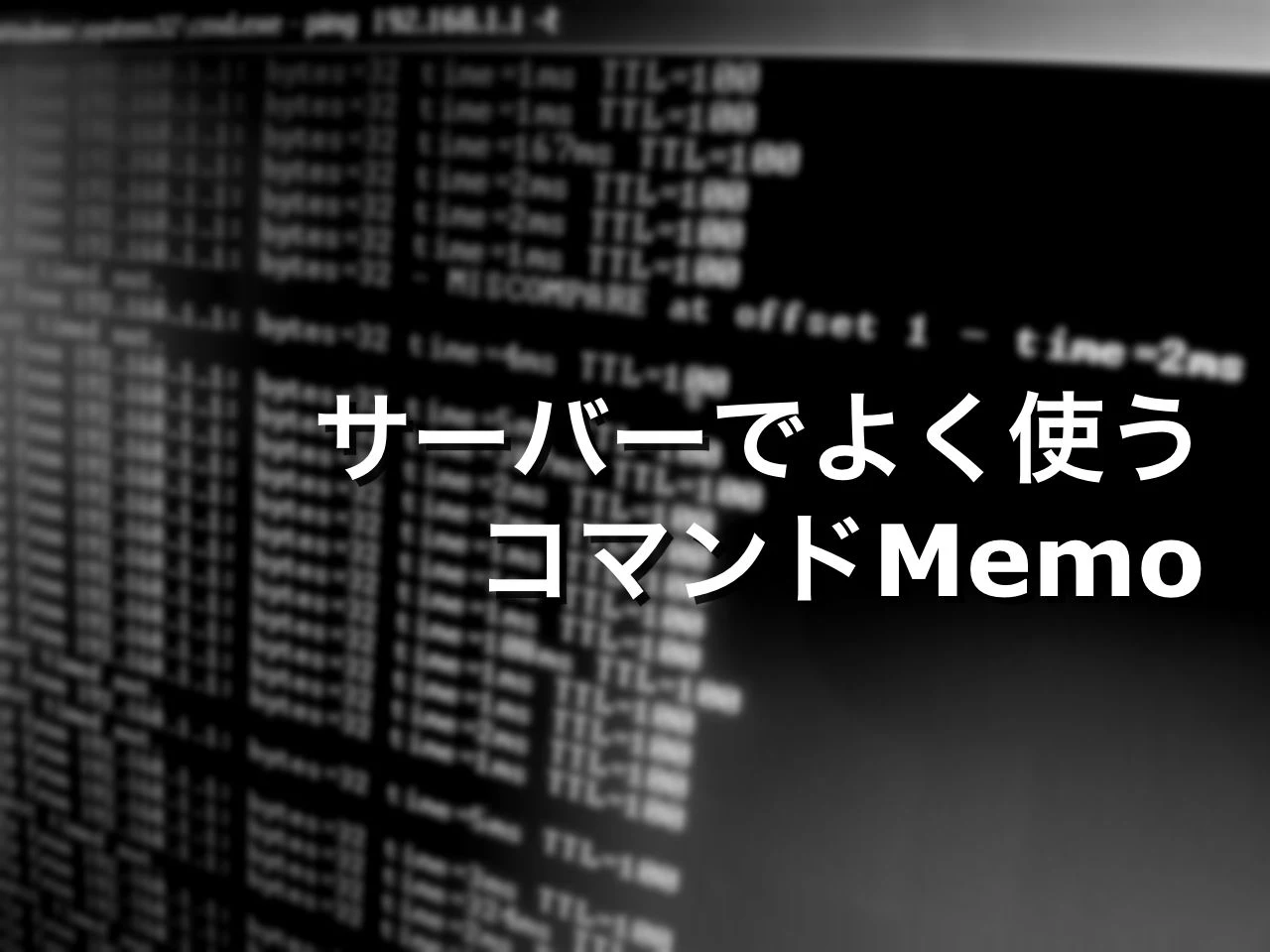
Summery
ファイルやディレクトリをコピーするConstruction
$ cp [option] [in-path] [out-path]
Option
-a : 属性やモードを保持する -b : 同じファイル名の場合はバックアップする -d : リンクファイルを辿ってコピーする -f : 強制上書き -i :上書き確認 -p : パーミッションやタイムスタンプを保持する -r : ディレクトリを再帰的処理する -s : コピー元へのリンク -u : 新しいファイルのみコピーする(同じファイルの場合) -v : ターミナルにファイル名を表示する
Sample
# hoge1.txt を hoge2.txtとして名前を変えてコピーする
$ cp hoge1.txt hoge2.txt
# folder1フォルダをfolder2フォルダにコピーする
$ cp -rp folder1 folder2
Discription
In the first synopsis form, the cp utility copies the contents of the source_file to the
target_file. In the second synopsis form, the contents of each named source_file is
copied to the destination target_directory. The names of the files themselves are not
changed. If cp detects an attempt to copy a file to itself, the copy will fail.
The following options are available:
-a Same as -pPR options. Preserves structure and attributes of files but not direc-
tory structure.
-f If the destination file cannot be opened, remove it and create a new file, without
prompting for confirmation regardless of its permissions. (The -f option over-
rides any previous -n option.)
The target file is not unlinked before the copy. Thus, any existing access rights
will be retained.
-H If the -R option is specified, symbolic links on the command line are followed.
(Symbolic links encountered in the tree traversal are not followed.)
-i Cause cp to write a prompt to the standard error output before copying a file that
would overwrite an existing file. If the response from the standard input begins
with the character `y' or `Y', the file copy is attempted. (The -i option over-
rides any previous -n option.)
-L If the -R option is specified, all symbolic links are followed.
-n Do not overwrite an existing file. (The -n option overrides any previous -f or -i
options.)
-P If the -R option is specified, no symbolic links are followed. This is the
default.
-p Cause cp to preserve the following attributes of each source file in the copy:
modification time, access time, file flags, file mode, user ID, and group ID, as
allowed by permissions. Access Control Lists (ACLs) and Extended Attributes
(EAs), including resource forks, will also be preserved.
If the user ID and group ID cannot be preserved, no error message is displayed and
the exit value is not altered.
If the source file has its set-user-ID bit on and the user ID cannot be preserved,
the set-user-ID bit is not preserved in the copy's permissions. If the source
file has its set-group-ID bit on and the group ID cannot be preserved, the set-
group-ID bit is not preserved in the copy's permissions. If the source file has
both its set-user-ID and set-group-ID bits on, and either the user ID or group ID
cannot be preserved, neither the set-user-ID nor set-group-ID bits are preserved
in the copy's permissions.
-R If source_file designates a directory, cp copies the directory and the entire sub-
tree connected at that point. If the source_file ends in a /, the contents of the
directory are copied rather than the directory itself. This option also causes
symbolic links to be copied, rather than indirected through, and for cp to create
special files rather than copying them as normal files. Created directories have
the same mode as the corresponding source directory, unmodified by the process'
umask.
In -R mode, cp will continue copying even if errors are detected.
Note that cp copies hard-linked files as separate files. If you need to preserve
hard links, consider using tar(1), cpio(1), or pax(1) instead.
-v Cause cp to be verbose, showing files as they are copied.
-X Do not copy Extended Attributes (EAs) or resource forks.
For each destination file that already exists, its contents are overwritten if permis-
sions allow. Its mode, user ID, and group ID are unchanged unless the -p option was
specified.
In the second synopsis form, target_directory must exist unless there is only one named
source_file which is a directory and the -R flag is specified.
If the destination file does not exist, the mode of the source file is used as modified
by the file mode creation mask (umask, see csh(1)). If the source file has its set-
user-ID bit on, that bit is removed unless both the source file and the destination file
are owned by the same user. If the source file has its set-group-ID bit on, that bit is
removed unless both the source file and the destination file are in the same group and
the user is a member of that group. If both the set-user-ID and set-group-ID bits are
set, all of the above conditions must be fulfilled or both bits are removed.
Appropriate permissions are required for file creation or overwriting.
Symbolic links are always followed unless the -R flag is set, in which case symbolic
links are not followed, by default. The -H or -L flags (in conjunction with the -R
flag) cause symbolic links to be followed as described above. The -H, -L and -P options
are ignored unless the -R option is specified. In addition, these options override each
other and the command's actions are determined by the last one specified.
If cp receives a SIGINFO (see the status argument for stty(1)) signal, the current input
and output file and the percentage complete will be written to the standard output.










0 件のコメント:
コメントを投稿